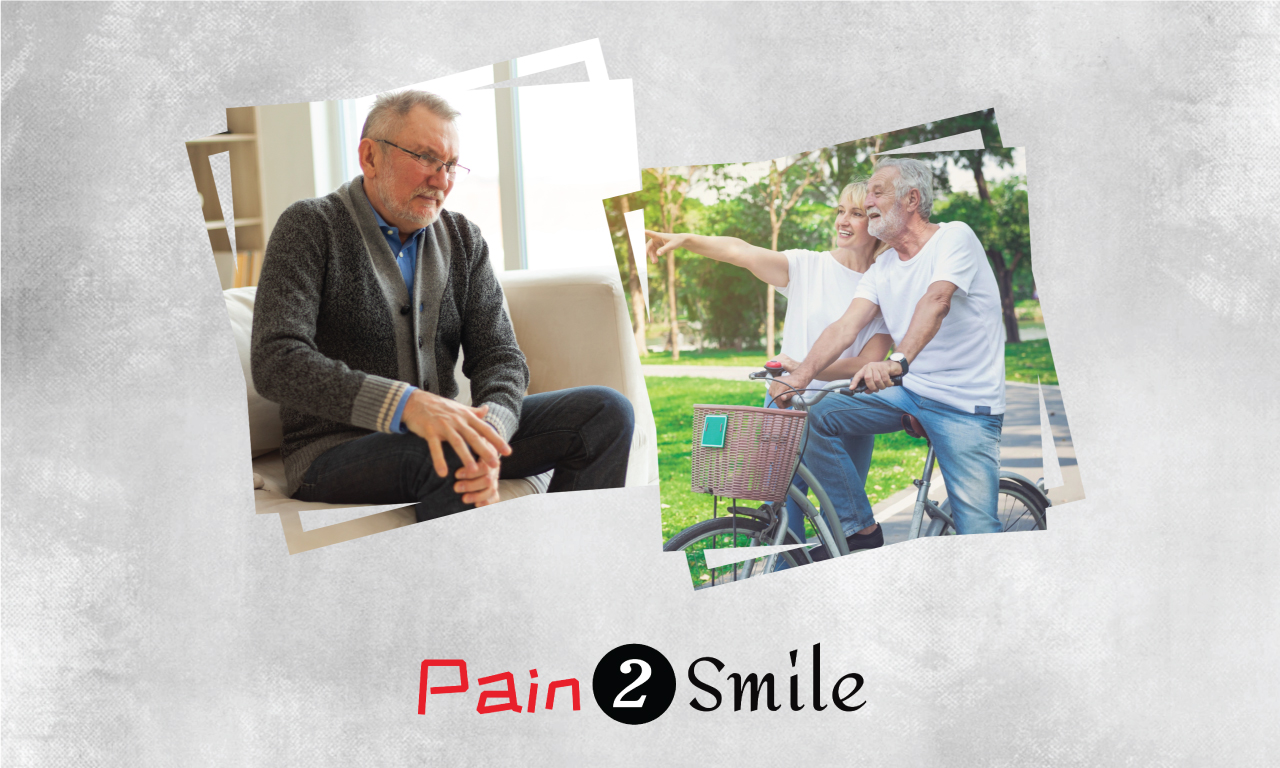ABOUT PAIN

Understanding Pain
Pain is an unpleasant sensory and emotional experience that signals potential or actual injury to the body. It is a complex and subjective phenomenon, meaning that each person experiences and describes pain differently. Here are some key points about pain:
Types of Pain
1. Acute Pain: This type of pain comes on suddenly and is usually sharp in quality. It serves as a warning of disease or a threat to the body. Acute pain might be caused by injuries such as cuts, burns, or fractures, and typically resolves once the underlying cause is treated1.
2. Chronic Pain: Chronic pain persists for a long time, often defined as lasting longer than three months. It can be continuous or intermittent and may result from conditions like arthritis, fibromyalgia, or nerve damage. Chronic pain can significantly impact a person’s quality of life2.
3. Nociceptive Pain: This pain arises from damage to body tissue and is typically described as sharp, aching, or throbbing. It is often caused by external injuries or internal conditions like inflammation2.
4.Neuropathic Pain: This type of pain results from damage to the nervous system and is often described as burning, shooting, or stabbing. Conditions like diabetes, shingles, or spinal cord injuries can cause neuropathic pain2.
Causes of Pain
Pain can be caused by a variety of factors, including:
• Injuries: Cuts, burns, fractures, and sprains.
• Medical Conditions: Arthritis, cancer, migraines, and infections.
• Surgical Procedures: Post-operative pain is common after surgeries.
• Nerve Damage: Conditions like diabetes or multiple sclerosis can damage nerves and cause pain. Pain Management
Effective pain management is crucial for improving quality of life. Treatment options include:
• Medications: Over-the-counter pain relievers like ibuprofen or acetaminophen, prescription medications, and topical analgesics.
• Physical Therapy: Exercises and treatments to improve mobility and reduce pain.
• Alternative Therapies: Acupuncture, massage, and chiropractic care.
• Psychological Support: Counselling and cognitive-behavioral therapy to help cope with chronic pain1.
When to Seek Help
It’s important to seek medical attention if you experience:
• Severe pain that doesn’t improve with self-care.
• Pain accompanied by other symptoms like fever, unexplained weight loss, or numbness.
• Chronic pain that interferes with daily activities and quality of life.
Pain Perception and Brain Involvement
Pain perception involves complex interactions between the nervous system and the brain. When an injury occurs, pain signals travel from the site of injury through the spinal cord to the brain. The brain then processes these signals and interprets them as pain. This process can be influenced by various factors, including emotions, past experiences, and overall health.
Psychological Factors
Psychological factors play a significant role in the perception and management of pain. Stress, anxiety, and depression can amplify the sensation of pain, while positive emotions and relaxation techniques can help reduce it. Cognitive-behavioural therapy (CBT) is often used to help patients develop coping strategies for chronic pain.
Pain and Sleep
Pain can significantly impact sleep quality, leading to a vicious cycle where poor sleep exacerbates pain and vice versa. Managing pain effectively often involves addressing sleep issues through good sleep hygiene practices, medications, or therapies designed to improve sleep quality.
Pain and Lifestyle
Lifestyle changes can also play a crucial role in managing pain. Regular physical activity, a balanced diet, and maintaining a healthy weight can help reduce pain and improve overall well-being. Activities like yoga, tai chi, improves body flexibility and strength, so does mindfulness meditation which has shown to be beneficial for pain management.
Support Systems
Having a strong support system is vital for individuals dealing with chronic pain. Support from family, friends, and healthcare providers can make a significant difference in managing pain and improving quality of life. Support groups and online communities can also provide valuable resources and emotional support.
Pain Education
Understanding the nature of pain, treatment options, and self-management strategies can empower individuals to take an active role in their pain management. Healthcare providers often use educational materials and programs to help patients learn more about their condition and how to manage it effectively.
To effectively manage and treat pain, healthcare providers use pain scales to assess and quantify the intensity and nature of pain. These scales help in diagnosing the cause of pain, tracking its progression, and evaluating the effectiveness of treatments.









